Australian Tropical Rainforest Plants - Online edition
Semecarpus australiensis Engl.
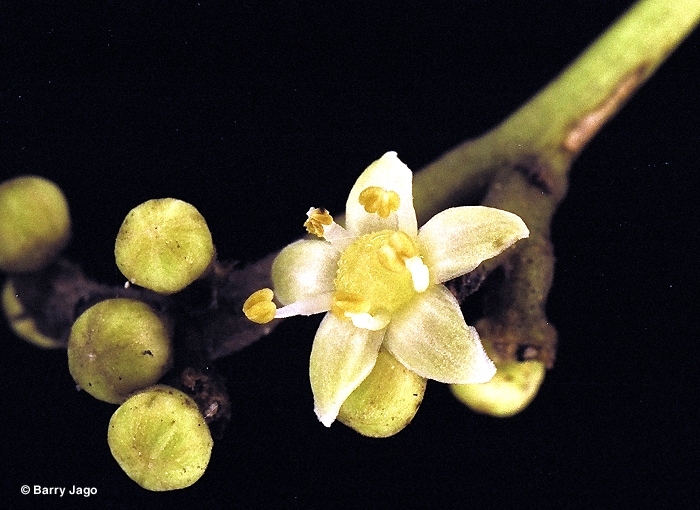
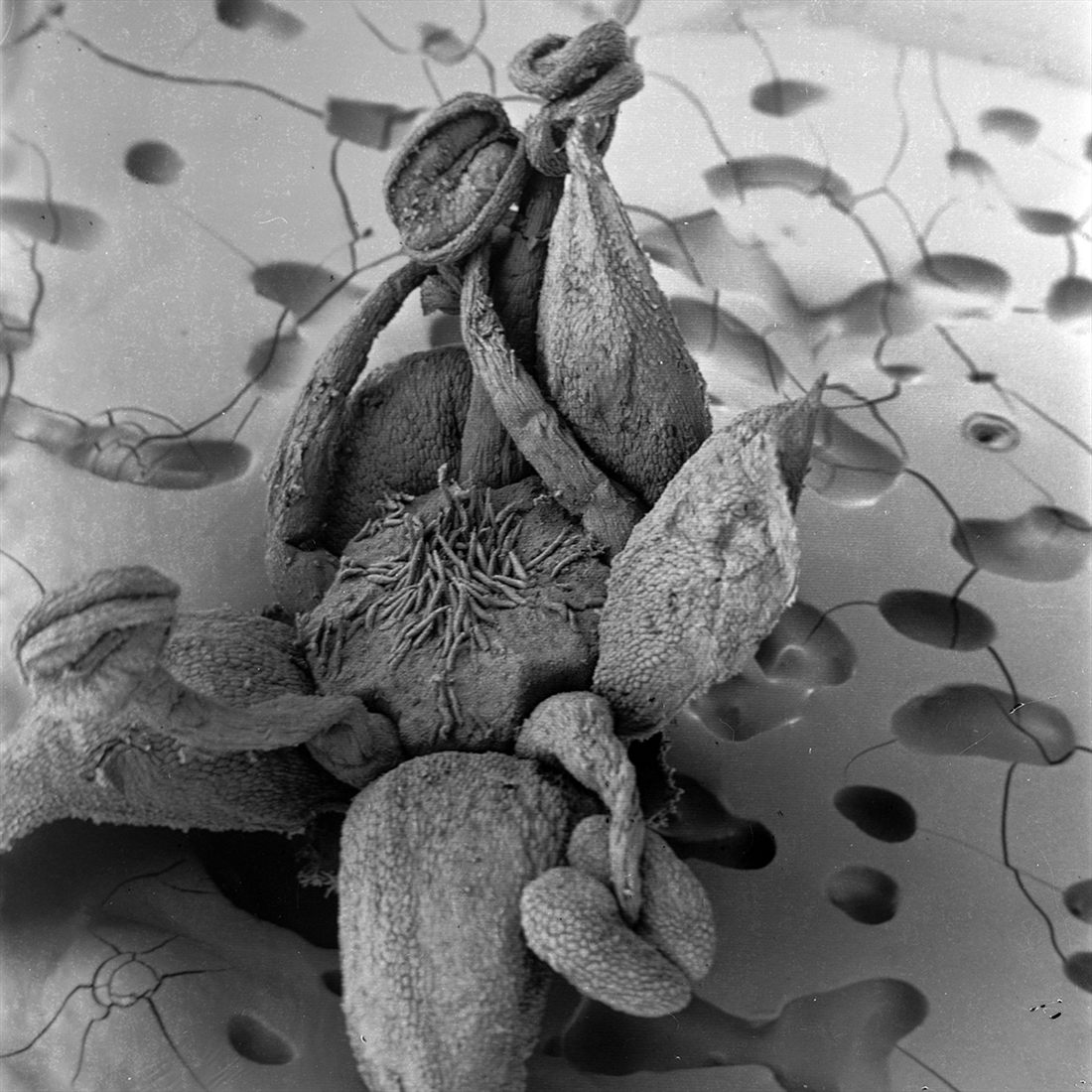
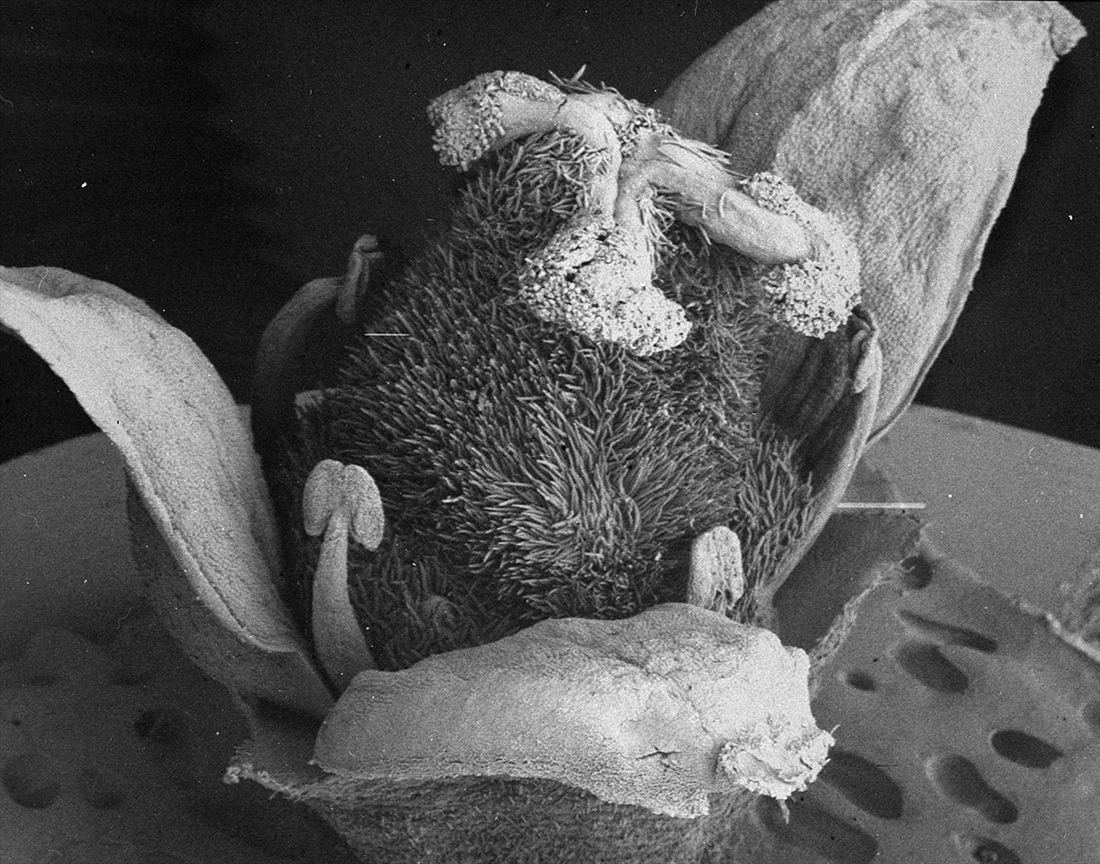


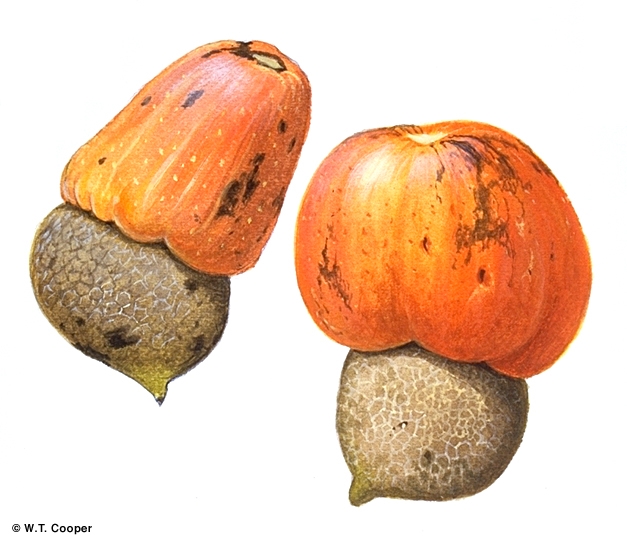
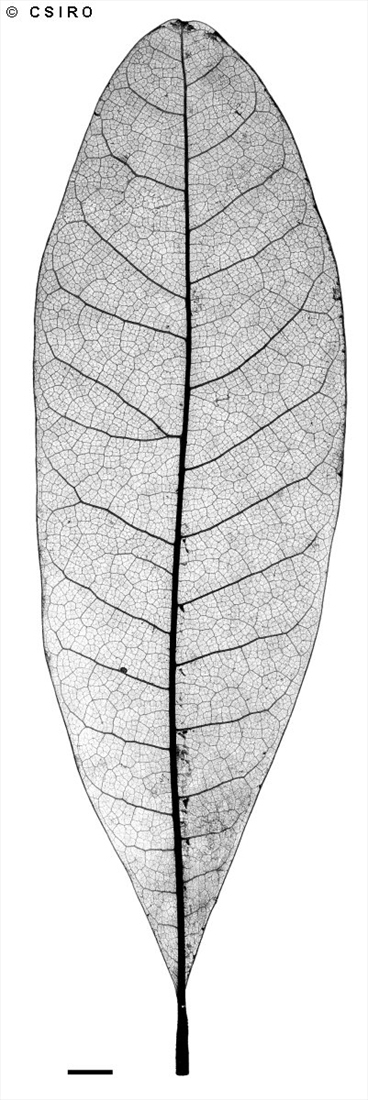

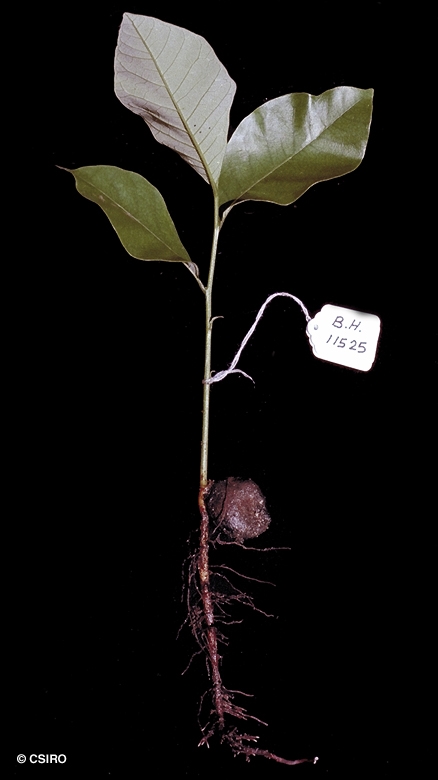
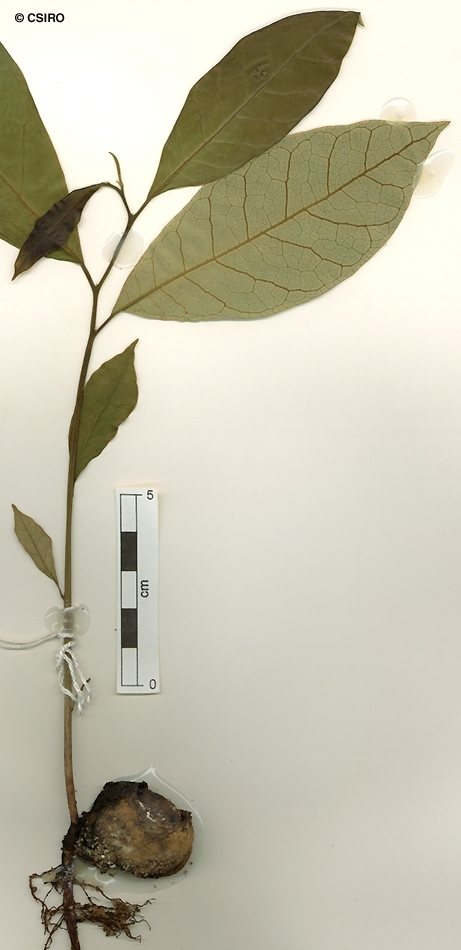
Engler, H.G.A. in Candolle, A.L.P.P. de & Candolle, A.C.P. de (1883) Monographiae Phanerogamarum 4 : 482. Type: Australia: Cape York (Hill in herb. Kew); Albany Island, Port Essington (Armstrong in herb. Kew); Rockinghams Bay (herb. Berol.).
Tartree; Plum, Cedar; Native Cashew; Markingnut Tree; Marking Nut; Cashew, Native; Cedar Plum
Leaf blades about 10-30 x 4-12 cm, much paler on the underside. Blade margins thickened, resembling veins.
Inflorescence many flowered, usually longer than the leaves, male flowers sessile, female flowers on pedicels to 1 mm long. Calyx lobes triangular, 0.5-0.7 mm long. Petals ovate, about 1.5 mm long in male flowers, but about 3.5-4 mm long in female flowers. Anthers about 0.8 mm long, filaments about 2 mm long. Disk pubescent. Ovary pubescent.
Fruit consists of a nut seated on a large fleshy orange receptacle about 20-30 x 30-50 mm. Nut obliquely transverse-ellipsoidal, laterally compressed, about 25-35 x 20-35 mm and eccentrically beaked. Seed about 20-22 x 12-15 mm.
One to three cataphylls usually present before the leaves. First pair of true leaves elliptic-obovate, about 7-10 x 3.5-4.5 cm, apex acuminate, much paler on the underside. At the tenth leaf stage: leaves obovate, apex acuminate, base cuneate, upper surface glabrous, undersurface glaucous; petiole with a few pale scattered hairs. Seed germination time 13 to 35 days.
Occurs in NT, CYP and NEQ. Altitudinal range from near sea level to 250m. Grows in lowland rain forest and monsoon forest often in situations close to the sea. Also occurs in New Britain, New Guinea, the Aru Islands and the Pacific islands.
This is a dangerous species and should be treated with caution. Contact with this species causes severe allergic reactions with a large percentage of people. Occasionally used in the past to produce sawn timber.
Fruit eaten by Cassowaries and Musky Rat-kangaroos. Cooper & Cooper (1994).





